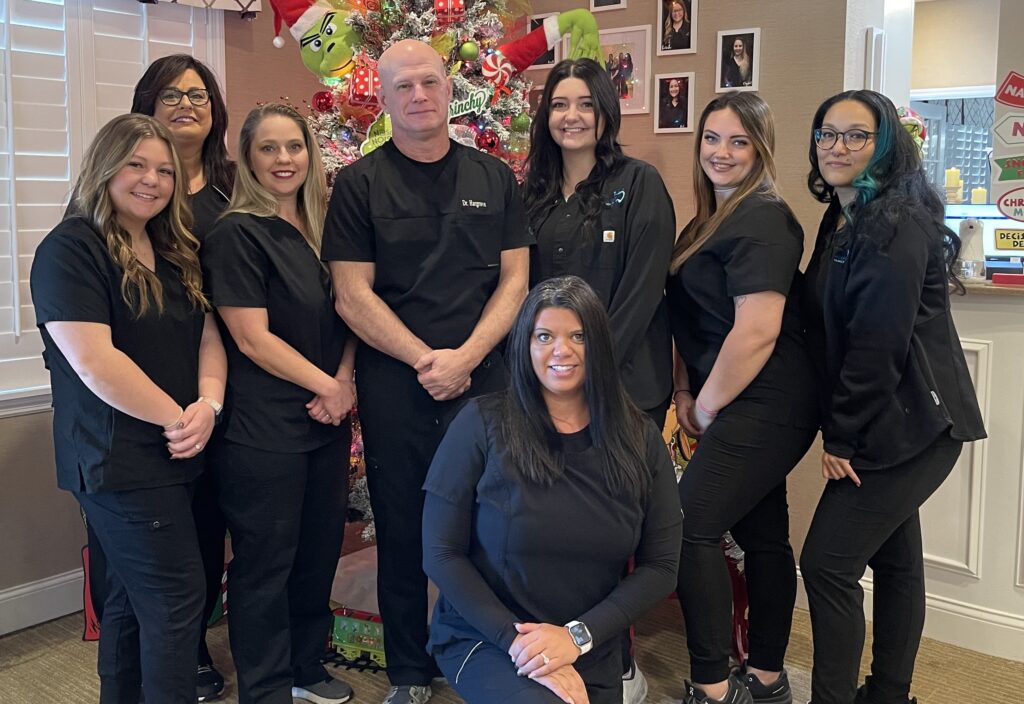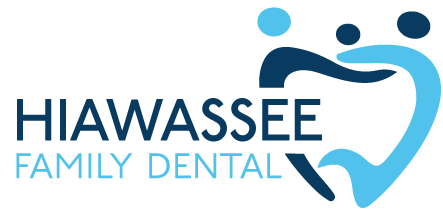
02 Sep Sedation Dentistry: What Is It and How Can It Help You?
Dental anxiety is a common issue. For many, the thought of sitting in a dental chair triggers feelings of fear or panic. This can make it difficult to maintain good oral health, as regular visits to the dentist are essential for preventing and treating dental problems.
Fortunately, sedation dentistry offers a solution that can make dental visits much more manageable and comfortable. In this post, we’ll explore what sedation dentistry is, the different types available, and how it can help you overcome dental anxiety and maintain a healthy smile.
Understanding Sedation Dentistry
Sedation dentistry is a technique used by dentists to help patients relax during dental procedures. This is done by administering sedative drugs, which can range from mild relaxation (where you’re awake but calm) to deep sedation (where you’re on the edge of consciousness but can still be awakened). In some cases, general anesthesia is used, which puts you in a deep sleep, completely unaware of the procedure.
The primary purpose of sedation dentistry is to alleviate the anxiety and discomfort that often accompany dental treatments. Many people avoid the dentist due to fear, which can lead to serious dental issues over time. Sedation dentistry allows patients to undergo necessary procedures without stress, making it possible to maintain better oral health.
During your initial consultation, your dentist will discuss your health history and any medications you’re taking to determine the most appropriate sedation method for you. This personalized approach ensures that your experience is both safe and effective.
Types of Sedation Dentistry
There are several types of sedation used in dentistry, each with its own benefits and suitability depending on the patient’s needs and the procedure being performed.
Nitrous Oxide (Laughing Gas):
This is the mildest form of sedation, often used for patients with mild anxiety. The gas is inhaled through a mask placed over the nose, helping the patient relax without putting them to sleep. The effects wear off quickly, so patients can usually drive themselves home after the procedure.
Oral Sedation:
In this method, the patient takes a sedative pill (such as Halcion) about an hour before the appointment. This induces a moderate level of sedation, making the patient drowsy and relaxed. While you may remain awake, you might not remember much of the procedure. Someone else will need to drive you home afterward.
IV Sedation:
This type of sedation is administered directly into the bloodstream through an IV. It works quickly and can be adjusted throughout the procedure. IV sedation is often used for patients with more severe anxiety or for longer, more complex procedures. The level of sedation can range from moderate to deep, depending on the needs of the patient.
General Anesthesia:
This is the deepest form of sedation, putting the patient into a state of complete unconsciousness. General anesthesia is typically reserved for very complex procedures or patients with extreme anxiety that cannot be managed with other forms of sedation. Recovery from general anesthesia takes longer, and patients will need someone to accompany them home and stay with them until they are fully alert.
The Benefits of Sedation Dentistry
The primary benefit of sedation dentistry is that it allows patients with dental anxiety to receive the care they need without the associated stress. This is particularly important for those who have avoided the dentist for years due to fear, as it enables them to address accumulated dental issues in a more relaxed state.
Sedation dentistry also makes it easier for dentists to perform complex procedures. When a patient is relaxed, the dentist can work more efficiently, often completing treatments in fewer visits. This can be particularly beneficial for patients who need extensive dental work, as it reduces the number of appointments required.
For patients with a sensitive gag reflex or difficulty sitting still, sedation dentistry can suppress these responses, making it easier to complete procedures without discomfort. Additionally, some forms of sedation can induce a mild amnesia effect, meaning the patient will have little to no memory of the procedure, which can be a relief for those with severe dental phobia.
Preparing for Sedation Dentistry
If you’re considering sedation dentistry, it’s important to prepare properly to ensure a smooth and safe experience. Your dentist will provide specific instructions based on the type of sedation you’ll be receiving.
For most forms of sedation, you’ll be asked to avoid eating or drinking for several hours before your appointment. This is to prevent nausea and other complications during the procedure. It’s also important to avoid alcohol and certain medications that could interact with the sedatives.
On the day of your appointment, you should arrange for someone to drive you to and from the dentist’s office, as the effects of the sedatives can last for several hours after the procedure. It’s also a good idea to plan for a day of rest afterward, as you may feel groggy or disoriented as the sedation wears off.
Your dentist will closely monitor your vital signs throughout the procedure to ensure your safety. After the treatment, you’ll be given instructions on how to care for yourself as the sedation wears off. This may include avoiding certain activities, such as driving or operating heavy machinery until you’re fully alert.
Conclusion
In conclusion, sedation dentistry is a valuable tool for anyone who experiences anxiety or discomfort during dental visits. By making the experience more comfortable and less stressful, it encourages regular dental care, which is essential for maintaining good oral health. Whether you need a routine cleaning or a more complex procedure, sedation dentistry can help you get the care you need in a relaxed and stress-free environment.
If you’re interested in learning more about sedation dentistry, consider discussing it with your dentist at your next appointment. They can help you determine the best type of sedation for your needs and ensure that your dental experience is as comfortable as possible. Hiawassee Family Dental offers great sedation dentistry and is ready to help you every step of the way. Schedule an appointment with us today!

About Our Team
Dr. Hargrove and our excellent team here at Hiawassee Family Dental have over 30 years of experience in the field of dentistry. We’re passionate about superior patient care and education.
Contact us to schedule your next appointment!


Sorry, the comment form is closed at this time.